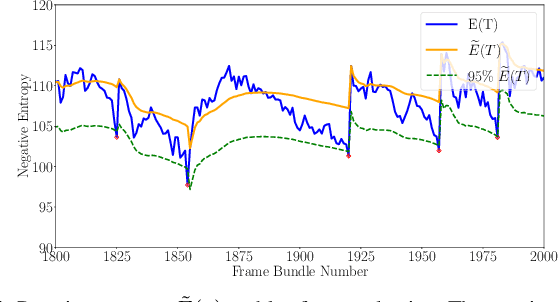Juichung Kuo
Redesigning SLAM for Arbitrary Multi-Camera Systems
Mar 04, 2020



Abstract:Adding more cameras to SLAM systems improves robustness and accuracy but complicates the design of the visual front-end significantly. Thus, most systems in the literature are tailored for specific camera configurations. In this work, we aim at an adaptive SLAM system that works for arbitrary multi-camera setups. To this end, we revisit several common building blocks in visual SLAM. In particular, we propose an adaptive initialization scheme, a sensor-agnostic, information-theoretic keyframe selection algorithm, and a scalable voxel-based map. These techniques make little assumption about the actual camera setups and prefer theoretically grounded methods over heuristics. We adapt a state-of-the-art visual-inertial odometry with these modifications, and experimental results show that the modified pipeline can adapt to a wide range of camera setups (e.g., 2 to 6 cameras in one experiment) without the need of sensor-specific modifications or tuning.
 Add to Chrome
Add to Chrome Add to Firefox
Add to Firefox Add to Edge
Add to Edge